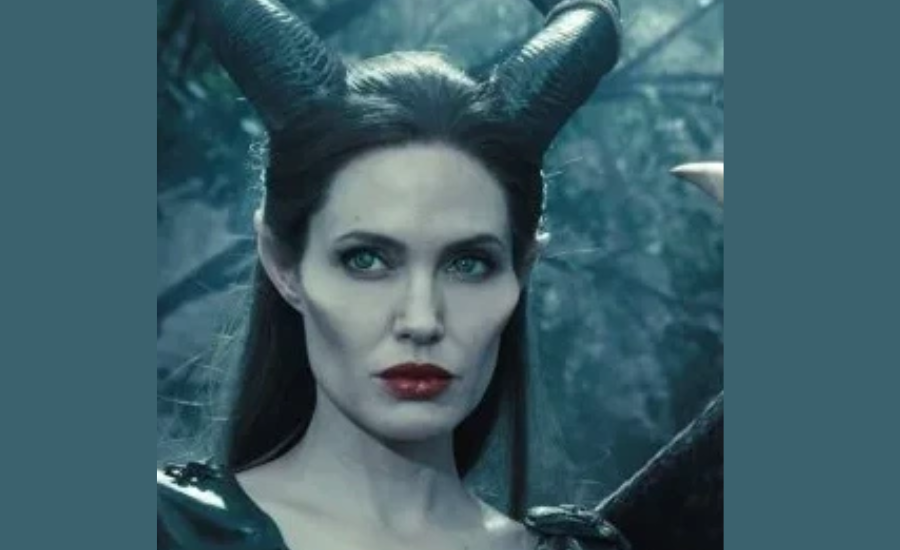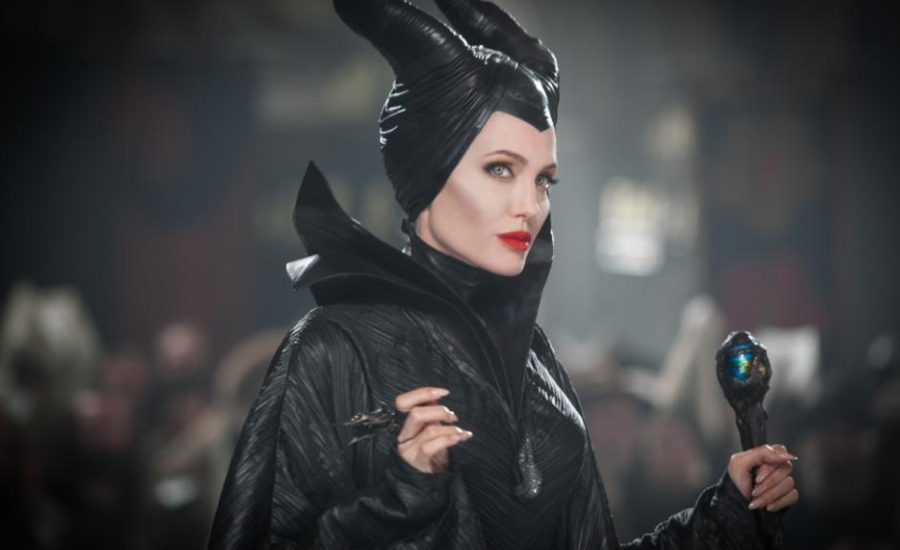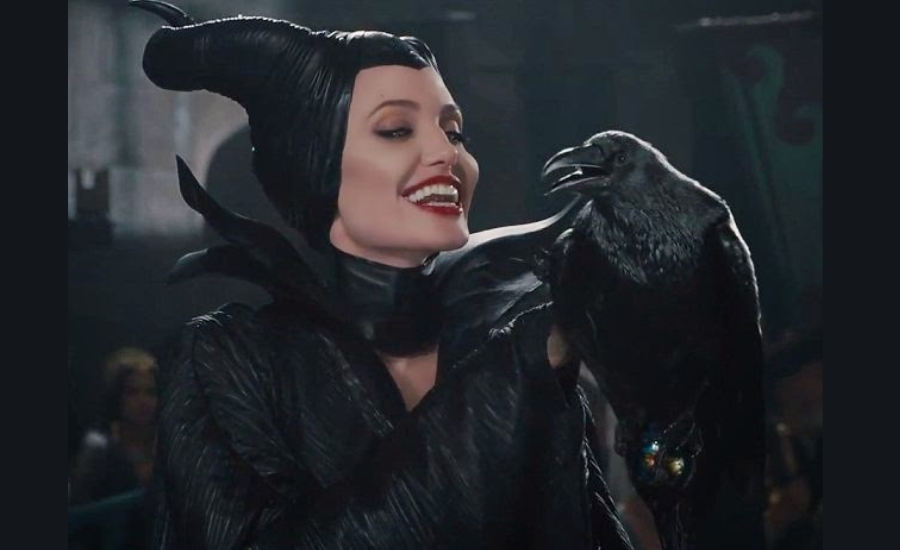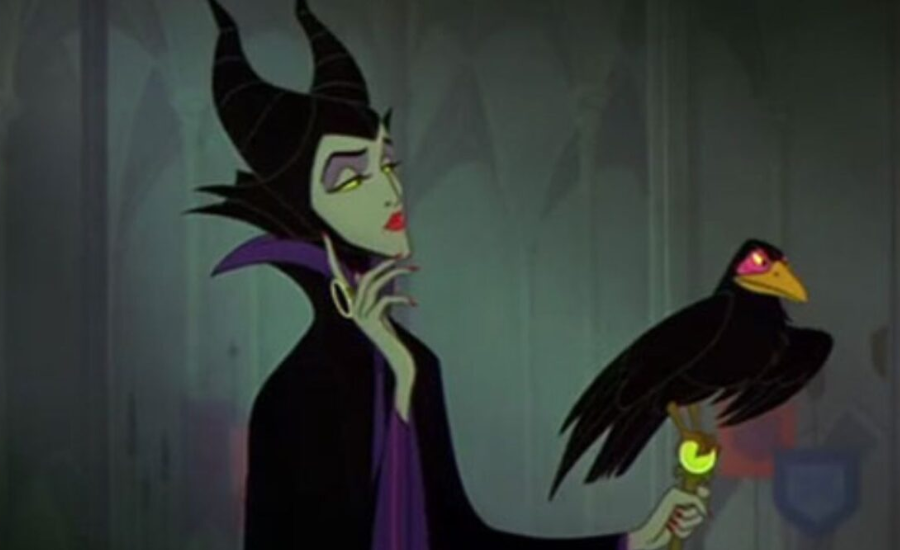In the realm of Disney villains, Maleficent stands out as a commanding figure who captures the audience’s attention with her powerful presence and unwavering confidence. Unlike many villains who lurk in the shadows or serve as subordinates, Maleficent refuses to play a secondary role. Her character demands respect and admiration, making her one of Disney’s most iconic antagonists. Her ability to inspire fear and awe, while maintaining a regal and authoritative demeanor, sets her apart from the typical villain archetype. But what truly makes Maleficent different from the rest?
What distinguishes Maleficent is her autonomy and refusal to bow to any higher power, even in a world where many villains submit to the will of others. She operates independently, with motivations that are complex and deeply personal. Rather than simply seeking power for power’s sake, Maleficent’s actions are driven by betrayal, revenge, and later, redemption. This post will explore her evolution as a character, her motivations, and the profound impact she has had on Disney’s portrayal of villains. By the end, you’ll have a deeper understanding of why Maleficent will never be reduced to a mere lackey in the Disney universe.
Defining A Lackey
To understand why Maleficent wouldn’t fit the mold of a lackey, it’s important to first define what a lackey represents in the world of Disney villains. A lackey is typically a subordinate figure, someone who carries out the orders of a more powerful villain without question. These characters lack initiative and independence, acting merely as extensions of their master’s will. Often, they are portrayed as eager to please, with little to no ambition of their own. Their primary purpose is to handle the dirty work, allowing the main villain to maintain an air of authority and control.
Examples of classic Disney lackeys include characters like Mr. Smee from Peter Pan, who obediently follows Captain Hook’s orders without any thought of rebellion or challenging his superior. Another notable example is LeFou from Beauty and the Beast, who serves as Gaston’s comical sidekick, blindly supporting his schemes without any personal goals. These lackeys are designed to highlight the power of the main antagonist while providing comedic relief, but they stand in stark contrast to characters like Maleficent. Unlike these lackeys, Maleficent possesses a complexity and autonomy that elevates her far beyond the role of a mere servant. She operates with independence, driven by her own ambitions, which sets her apart as a true force to be reckoned with in the Disney villain hierarchy.
Maleficent’s Character Evolution

Maleficent’s character has undergone a remarkable evolution throughout Disney’s history, transitioning from a purely vengeful sorceress to a more complex and multi-dimensional figure. In the original animated Sleeping Beauty, Maleficent is introduced as a fearsome villain driven by a singular motivation—revenge. After being slighted and excluded from Princess Aurora’s christening, she curses the infant, setting the stage for her relentless pursuit of the princess. While her power and ominous presence make her a formidable antagonist, her motivations in the animated film are relatively straightforward. She embodies the archetypal evil villain, driven by bitterness and a desire to right a personal wrong.
In the live-action Maleficent, however, her character takes on a completely new depth. No longer just a vengeful sorceress, she is portrayed as a more sympathetic figure whose darker actions stem from deep betrayal and heartache. The film delves into her backstory, showing how a once-kind and noble-hearted fairy was deeply wounded by the betrayal of someone she trusted. This emotional journey of pain and ultimate redemption adds complexity to Maleficent’s character, transforming her from a flat villain into a more relatable, tragic figure. Her evolution not only challenges the traditional Disney villain formula but also reflects Disney’s broader shift towards creating villains with emotional depth, offering viewers a more nuanced and compelling story.
Analysis Of Maleficent’s Motivations

To fully grasp why Maleficent could never be relegated to the role of a lackey, we must first examine her motivations. In the live-action film Maleficent, her actions are driven by a deeply personal quest for empowerment and redemption, rather than blind obedience. Unlike traditional lackeys who follow the commands of others without question, Maleficent’s decisions are rooted in her own desire for justice and healing. Her journey is one of reclaiming her autonomy after suffering betrayal, which sets her apart as a character of strength and resilience, not subservience.
Throughout the film, Maleficent is portrayed as a character wronged by those she once trusted, seeking to regain her power and restore balance. Her motivations are not driven by loyalty to a master but by a need to right past wrongs and find redemption. This pursuit of self-determination and personal growth underscores her independence. She takes control of her fate, acting on her own values and beliefs, which stands in stark contrast to the passive, obedient nature typically associated with lackeys. Maleficent’s refusal to follow anyone else’s lead solidifies her as a powerful, autonomous figure in the Disney universe.
Impact On Disney’s Villain Archetypes
Maleficent’s character evolution has had a profound impact on Disney’s portrayal of villains, marking a pivotal shift in storytelling. Originally depicted as a one-dimensional antagonist in Sleeping Beauty, driven by revenge and pure malice, her reimagining in the live-action Maleficent introduced layers of emotional complexity and depth. This transformation symbolizes a broader change in how Disney approaches its villains, moving away from straightforward depictions of evil toward characters whose motivations are shaped by personal experiences, inner struggles, and relatable desires. It reflects a more modern storytelling approach that invites audiences to understand, if not sympathize, with characters who were once solely seen as adversaries.
Maleficent’s influence can be seen in later Disney films, where antagonists are portrayed with more nuance. Characters like Elsa from Frozen, who grapples with fear and self-acceptance, or Dr. Facilier from The Princess and the Frog, whose ambition leads him down a dark path, embody this trend of more complex villainy. These characters are no longer simply evil for the sake of evil; instead, their motivations blur the lines between right and wrong, adding depth and resonance to their stories. By redefining what it means to be a villain, Maleficent has opened the door for future narratives that challenge traditional archetypes, offering audiences a richer, more engaging exploration of morality and identity.
The Reception And Future Of Maleficent

The live-action film Maleficent stirred a range of reactions from both audiences and critics. Some found themselves drawn to the film’s bold retelling, with its intricate portrayal of redemption and the reclaiming of power. As viewers watched Maleficent rise from betrayal, her determination and strength were almost palpable, a welcome contrast to the cold-hearted villain they once knew. On the other hand, others shifted uneasily in their seats, feeling the film’s divergence from the original fairy tale was too drastic, leaving behind the familiar darkness they associated with the character. Despite this split, the movie sparked a renewed fascination with Maleficent’s story, cementing her as one of Disney’s most captivating figures.
As Disney’s creative wheels keep turning, there’s a lingering curiosity in the air: What’s next for Maleficent? The success of both the live-action film and its sequel, Maleficent: Mistress of Evil, suggests that her tale may only be in its early chapters. Eyes remain fixed on Disney’s future projects, wondering if Maleficent will find her way into new films, series, or even more unexpected storytelling platforms. Each flicker of speculation carries the hope that her layered character will continue to defy the usual villain mold, inviting audiences to follow her journey of resilience and transformation in ways they have yet to imagine.
The Complexity Of Maleficent’s Character
- Not Your Typical Villain
Maleficent shatters the traditional mold of a Disney villain. She isn’t simply a power-hungry figure wreaking havoc for the sake of evil. Instead, her motivations stem from deeply personal experiences. In the classic Sleeping Beauty (1959), her curse on Princess Aurora isn’t born out of sheer malice but from a place of personal offense—being deliberately excluded from a royal celebration. While her actions are undeniably extreme, they come from the sting of betrayal and the desire for revenge. Despite this, Maleficent possesses a level of grace, charm, and sophistication that makes her more than just a one-dimensional antagonist.
- A Leader, Not a Follower
In both the animated and live-action versions of her story, Maleficent is depicted as a commanding leader. In Sleeping Beauty, she is surrounded by loyal minions and exerts control over dark forces, positioning her as a figure of immense authority. Her natural leadership and ability to command respect further solidify why Maleficent could never be a lackey.
- Independence and Self-Respect
Perhaps Maleficent’s greatest strength lies in her fierce independence. She derives power from within, never relying on anyone else to fuel her abilities.
Maleficent’s Strength And Vulnerability
One of the most intriguing elements of Maleficent’s character is her remarkable ability to balance strength with vulnerability. In both the animated classic and the live-action film, we witness her as a formidable figure capable of wreaking havoc and instilling fear. Yet, interwoven with this powerful exterior are moments that reveal her deeper emotional landscape—her pain, heartbreak, and ultimately, her capacity for love. This duality not only enriches her character but also makes her more relatable to audiences, as she embodies both the might of a sorceress and the sensitivity of a wounded heart.
- Strength Born from Pain
In Maleficent (2014), the profound heartbreak she experiences following her betrayal by King Stefan serves as a poignant reminder of her humanity. Rather than presenting her as a stereotypical villain devoid of emotions, this film allows us to see Maleficent grappling with feelings of loss and betrayal. This emotional vulnerability humanizes her, creating a character that audiences can empathize with. However, instead of allowing this pain to weaken her, it becomes a catalyst for her strength.
- A Journey Toward Redemption
A crucial theme in the live-action adaptation is Maleficent’s journey toward redemption. Initially marked by her vengeful curse on Princess Aurora, her character undergoes a profound transformation as she develops a deep maternal bond with the young princess. This shift from being a villain who seeks revenge to becoming a protector illustrates the complexity of her character. Maleficent is not merely driven by selfish desires; instead, she learns the power of love and forgiveness, showcasing a remarkable capacity for growth.
This evolution strengthens the notion that Maleficent wouldn’t ever be a lackey. She actively charts her own course, guided by her evolving emotions and independent spirit.
FAQs For Why Maleficent Wouldn’t Be a Lackey: A Character Analysis
1. What is a lackey in the context of Disney villains?
A lackey is a subordinate character who follows orders without question, serving a more powerful antagonist. They lack autonomy and exist primarily to carry out their master’s bidding.
2. Why wouldn’t Maleficent ever be a lackey?
Maleficent is portrayed as a strong, independent figure who commands respect and operates on her own terms. Her leadership qualities and self-respect differentiate her from traditional lackeys, who are often submissive followers.
3. How has Maleficent’s character evolved over time?
In the original Sleeping Beauty (1959), Maleficent is a vengeful sorceress driven by revenge. In the live-action Maleficent (2014), she is reimagined as a more complex character motivated by heartbreak and betrayal, adding depth to her persona.
4. What makes Maleficent different from other Disney villains?
Unlike many Disney villains who serve a higher power, Maleficent is her own leader with her own agenda, making her a figure of power and autonomy rather than submission.
5. What role does vulnerability play in Maleficent’s character?
Maleficent’s vulnerability, particularly in the live-action adaptation, stems from personal betrayal and emotional pain. This vulnerability enhances her strength and autonomy, as she transforms her pain into power.
Conclusion
Maleficent serves as a powerful counterexample to the traditional Disney lackey, embodying independence, strength, and emotional complexity. Her evolution challenges the archetype of the submissive villain, demonstrating that characters with dark pasts can possess depth, autonomy, and the potential for redemption. This lasting influence on Disney’s portrayal of villains underscores the significance of nuance in storytelling, securing her status as one of Disney’s most iconic figures.
Stay in touch for more updates and alerts visit: Tribune Tribune!




